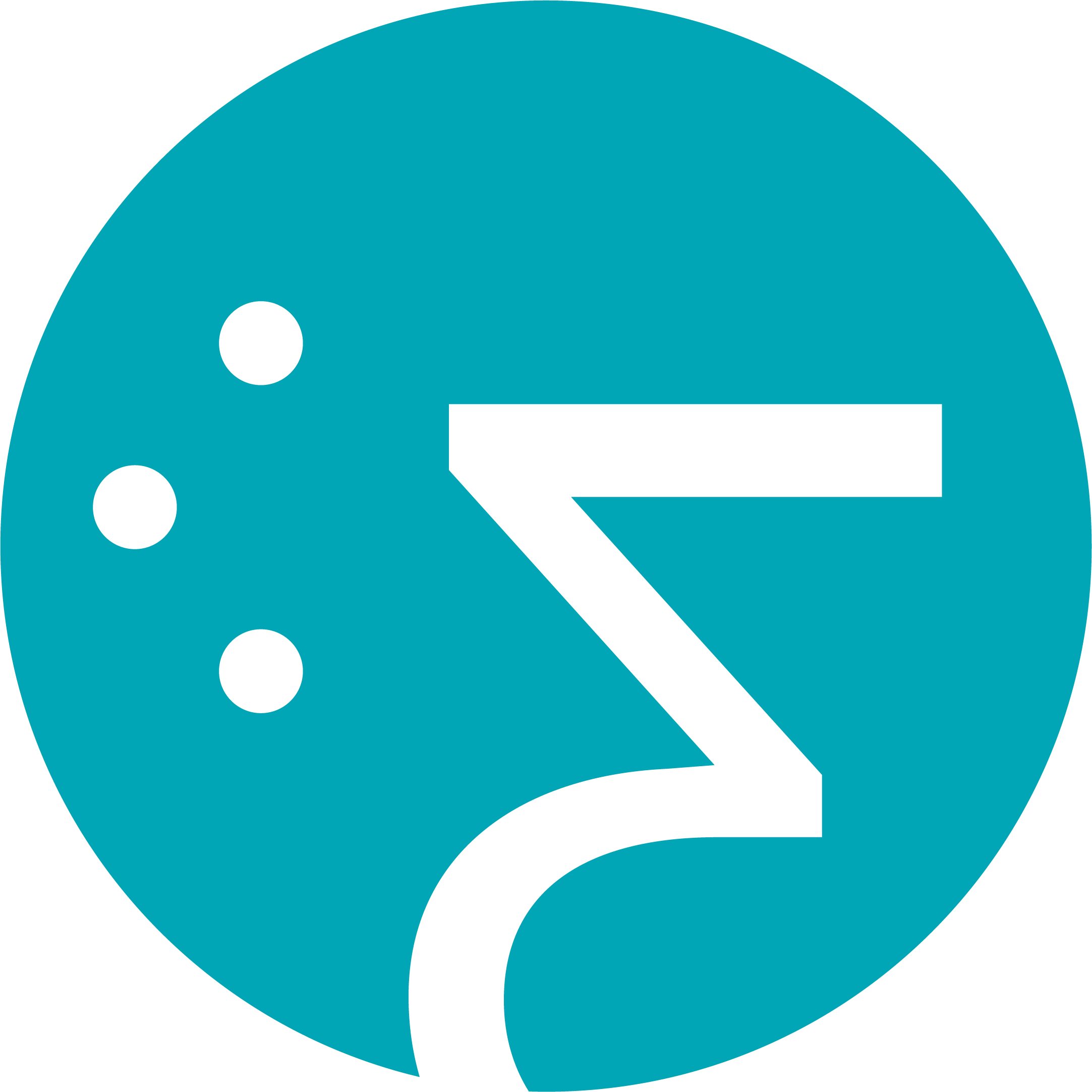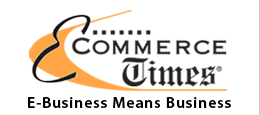Straddling the Hybrid On-Premise and On-Demand Worlds
With the Software-as-a-Service (SaaS) event season in full throttle, I’ve found myself consulting with a new generation of aspiring SaaS players who are trying to learn about the fundamentals of this rapidly evolving marketplace quickly so they can respond to changing customer requirements and capitalize on new market opportunities.
Starting with SoftLetter’s SaaS Sales and Marketing Seminar in Atlanta which has been upgraded to the SaaS University for Waltham, MA in June, and continuing with OpSource’s SaaS Summit last month in San Francisco, a widening array of incumbent software vendors (ISVs) and old-line technology vendors have approached me seeking help in their efforts to join the SaaS movement.
Some of these companies have lived well for years in niche markets, others have enjoyed cashcow businesses at a mass market level with hardware-based solutions. Now they see a combination of market forces fundamentally changing their worlds and they are trying to transform their business models quickly to respond to a rapidly changing competitive landscape and customer preferences.
Although established SaaS companies clearly understand the differences between the old and new worlds of on-premise software products versus on-demand software services, these new arrivals are still learning about the challenges, as well as opportunities associated with SaaS.
What all of these companies have in common is that they can’t afford to discard their legacy software business in order to capitalize on SaaS opportunities. Instead, they must adopt a hybrid strategy that can support the needs of their existing customers while satisfying the changing expectations of a new generation of software user, without ripping themselves apart in the process.
What these companies are learning is that living in a hybrid world requires two different approaches to software development and delivery, two different go-to-market strategies, two different sales and marketing methodologies, and two different types of personnel.
Agile development replaces the long upgrade cycles of the past. Hosting replaces packaging issues when it comes to software delivery. Online marketing and telesales are more important than direct sales or traditional resellers. And, business-oriented customer support becomes essential rather than tech support to ensure customer loyalty and reference-ability.
Underneath these tangible differences is the more fundamental and subtle differences in attitude between the on-premise and on-demand worlds. In the old world, making the software work was the customer’s problem. The customer bought the software before they were sure it worked, hired the consultants and staff to get it up and running, bought the infrastructure to properly support it, and notified the vendor if something went wrong or they needed more help.
In the new world, making the software work is the SaaS provider’s responsibility. The customer can try it before they subscribe to it. They don’t have to hire additional staff or purchase more servers. They may still hire a few consultants to help with a smaller assortment of deployment issues, or to help with change management and training requirements. And, the customer expects the SaaS provider to keep the software service up and running, and continuously enhance it.
Can traditional software and technology vendors straddle these two worlds?
I think the answer for many of these vendors must be the same as the famous line in the movie Apollo Thirteen, “Failure is not an option.”
The big ISVs–Microsoft, Oracle and SAP–have the deep pockets to finance this balancing act. Other ISVs like Business Objects and Callidus Software are also demonstrating that hybrid models can work.
The smaller firms will have to make sacrifices in order to traverse this transition process. Many are fortunate that they are privately-held companies that don’t have to satisfy Wall Street’s short-term time horizons, especially in today’s frantic economic climate. Others are equally fortunate to have a loyal installed base of customers who will patiently work with them to ensure that the migration process is successful.
But, in each of these cases there will be plenty of potential landmines which will require careful planning and cautious execution. Thoroughly understanding these potential pitfalls will be essential if these new SaaS players are going to succeed in the on-demand marketplace.




